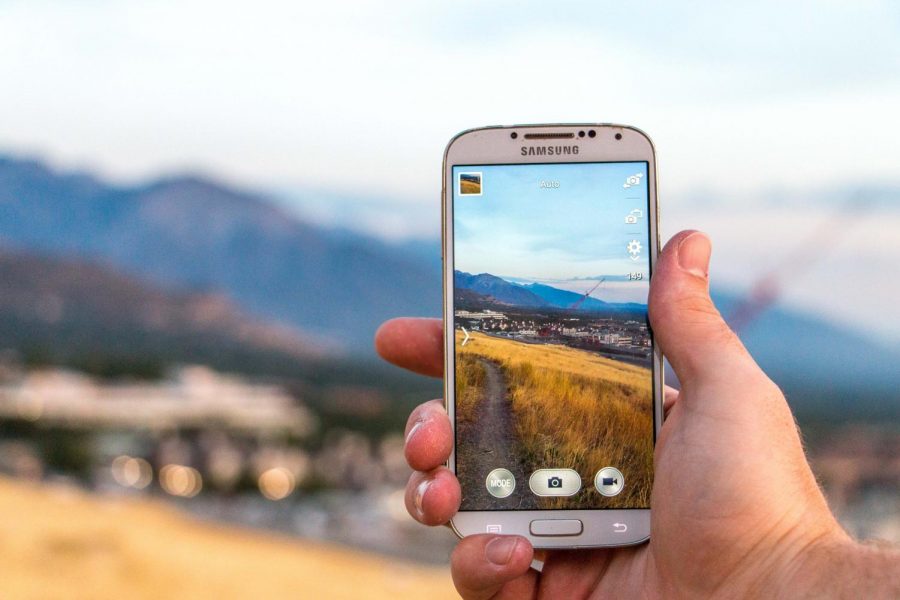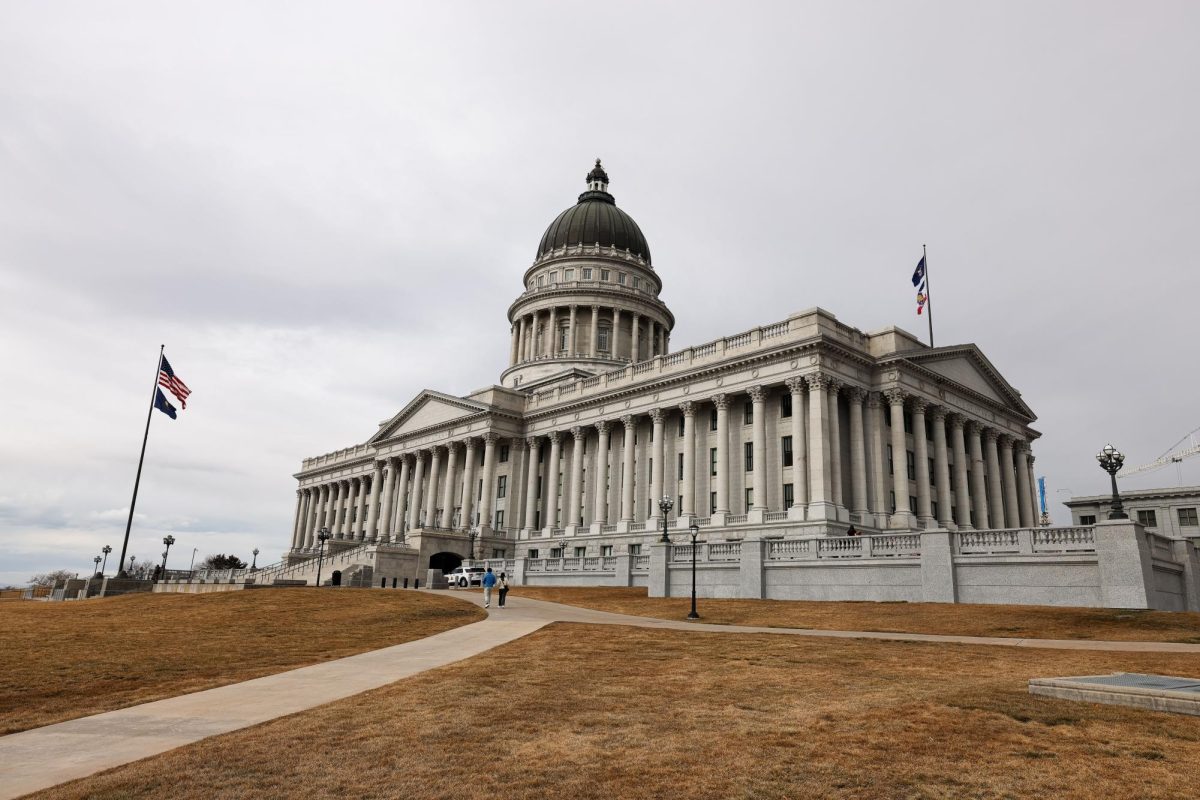Starr: Don’t Endanger the Environment For the ‘Gram
Every once and a while, and it is a good idea to drop the “do it for the ‘gram” attitude. (Photo by Chris Hammock | Daily Utah Chronicle)
January 18, 2020
Nature photography is a beautiful form of expression, and powerful, pocket-accessible devices like cell phones make it easy for most people to try nature photography themselves. These images can inspire others to engage with wildlife, flora and unique land formations. Many professional photographers have noble goals to encourage the conservation and protection of natural spaces through their photos of arches, valleys, snowy owls and giant sequoias. However, the positivity of nature photography and social media posts of the great outdoors also comes with sizable drawbacks. The excessive “do it for the ‘gram” mentality needs to be reevaluated and perhaps replaced with practicing mindfulness while in the outdoors.
The Benefits of Being More Present
The desire to capture the wonder of nature on a smartphone or camera is understandable. Impressive wildlife, desert blossoms and steep canyons are picturesque — you certainly don’t happen across them every day. Of course, people want to take photos to share with their followers, friends and family, but our relationship with the outdoors should not be centered around social media. If it is, it’s time to consider the benefits of engaging with nature without phones.
The world already has plenty of professional photos of outstanding red-rock arches and hoodoos in Utah’s backyard, so we might be better to appreciate them from a distance. These remarkable formations are the product of ancient salt deposits and sculpted rock. To view these creations is to view millions of years of work. It’s important to truly experience spaces that are free from light pollution, urban noise and the endless hustle of civilization. Nature is a source of refuge for many, but updating your feeds from the outdoors can bring back the different stresses you are there to escape. There is already plenty of advice on limiting social media use for better mental wellbeing, but the suggestion to unplug should be taken even more seriously when in the outdoors.
Loving the Environment to Death

Social media has undoubtedly helped attract more visitors to wild places. There are both good and bad aspects that comes with an increased visitation to these sites. Visiting nature and observing wildlife can help people feel more connected to wild plants, animals and habitats. These experiences may be the spark of empathy and an interest in conservation. It’s hard to come face-to-face with places like Horseshoe Bend, (aka the “social media darling” of Arizona, as described by the National Park Service) and not be inspired to become a greater steward of the environment.
Yet increased traffic to these sites has also caused them harm. More people on trails and in canyons have left a greater footprint on the environment. “People veering off the paths to find the perfect patch of poppies to pose for a photograph” has brought injury that otherwise may not occur.
Spaces that are ill-equipped to handle mass visitation experience environmental degradation, which in turn can endanger those seeking “insta-worthy” shots by putting them in dangerous situations. Search and rescue mission cases increased by 38% in the last few years in LA County, some of which were connected to adventurers trying to capture material for their social media. Fatal falls in the outdoors can and should be avoided with less dedication to photography and social media.
Following Antelope Canyon’s Lead
Recently, one highly visited and treasured natural site put the brakes on photography-only tours. Antelope Canyon in Page, Arizona will no longer be allowing visits that are centered around cameras in a move that will help more visitors engage and be present in the moment. Handheld phones and photography will still be permitted, but large tripods and monopods will not be allowed. This is a great first step that should be mimicked in other natural settings, especially in places that have already been thoroughly photographed.
Notifications and updates can take anyone out of the moment, especially when exploring the wonders of nature. It is important to disengage from technology every once and a while, and it is a good idea to drop the “do it for the ‘gram” attitude. This unhealthy attachment to photography and social media feeds has created problems for humans and nature, and unplugging should be an important step when entering the outdoors.








